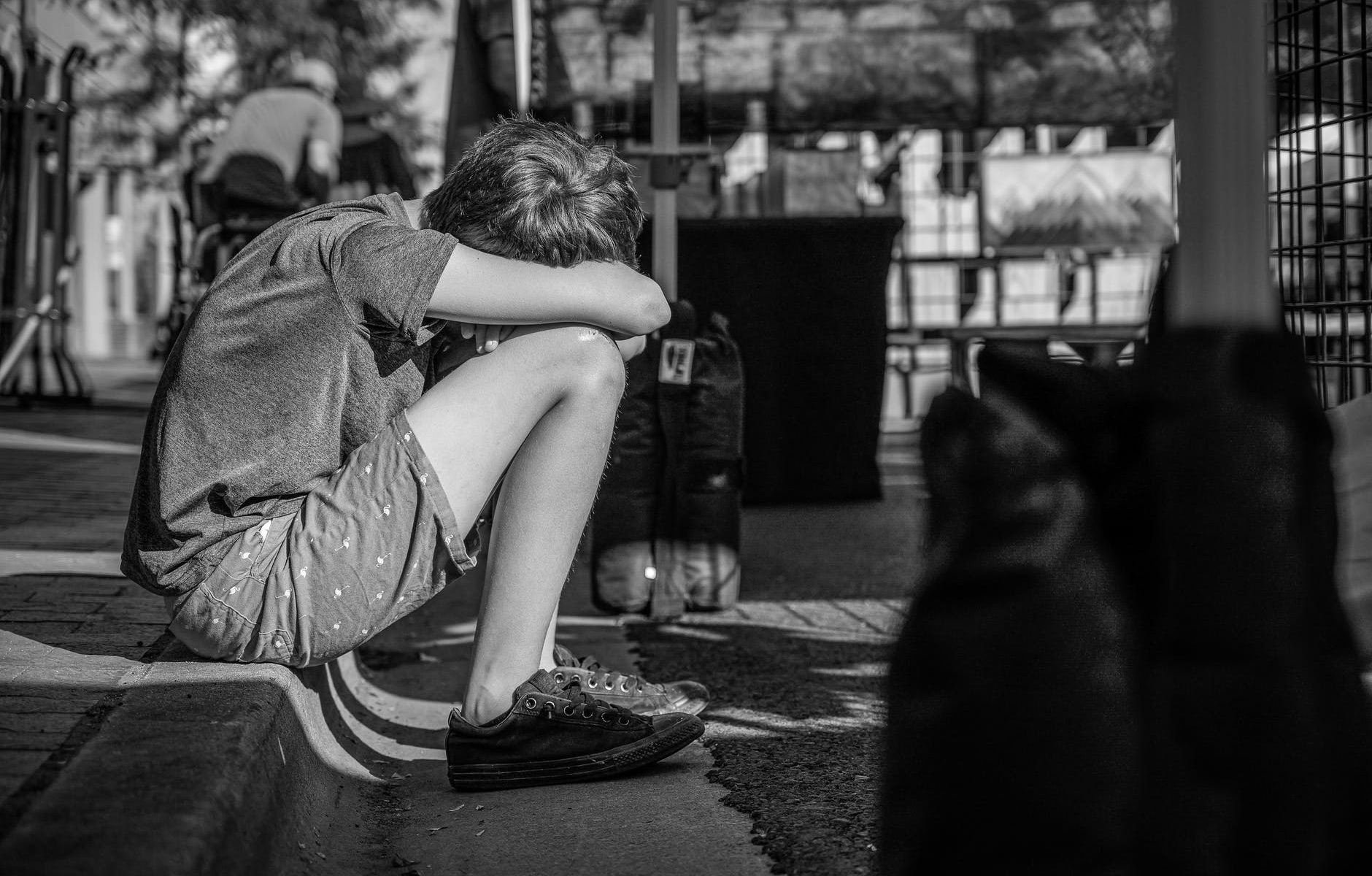We can’t sugar coat things, some brands did pretty abysmally during the pandemic, from political parties right the way through to your local favorite beverage manufacturer or even your corner store.
The pandemic put a bunch of people out of work, ejected millions from the relative comfort of the office or place of work and put many of us in closer sustained proximity to friends and family than would normally be the case.
Three lines of business that did exceptionally well under the circumstances were those that managed to keep us connected to the office, our place of work and our colleagues; and those that kept us and our families entertained.
While the fallout from the SARS COVID-19 pandemic is still being assessed and calculated and there is the likely risk of further variants, the reality is that for many who would typically be office-bound; the effects of being forced to work from home had mixed results.
IT organizations likely had more anxiety around having so many more remote workers than ever before. Many sleepless nights were spent putting in the further infrastructure to create network resiliency. Of course, this was not limited to the corporates, schools, and educational institutions had to do exactly the same.
There were some outages some disruptions and some technical challenges but by and large transitioning to an administrative back-office function that was almost 100% remote was surprisingly smooth. Perhaps far smoother than it would have been if it had happened just a few years ago.
Of course, some brands tanked and some businesses were completely annihilated or at least very severely battered and bruised. Aviation, airport companies, pleasure cruises and many in the travel, food and beverage and hospitality industries are still licking their wounds and will continue to do some for a long time.
On reflection, the brands that consumers will have related most closely to would have been the infrastructure providers and the retail brands. This would be because those would be the brands that they would have had to rely upon the most. So the question, is how exactly did those brands do, during the pandemic and how would you personally assess them in terms of your relationship with them?
An oft-overlooked aspect of brands is the perception of how they take care of their employees. In some countries, furloughs alleviated the financial burden on employers with a significant portion (often more than 50%) being provided by the public purse to ensure that people didn’t go hungry while their jobs were put on hold.
The question, then, is did this in any way impact your perception of the brands you favour and has it influenced your post-pandemic allegiances, shopping or eCommerce habits?
How did your business fare?
Most importantly, if your business is one of those that are unsure of how you came out of the pandemic in relation to customer sentiment, how would you ever be able to determine whether your customers are still in love with your brand or have moved on to a competitor or completely changed their interests?
Brand successes and failures depend on the “bond” with the customer. This encompasses the brand image, promise and positioning. The customer gets to decide the fate of a brand irrespective of the effort your brand goes through in marketing, PR and all the other communication and brand-building levers that might get pulled. The relationship your customers have with your brand is an emotion-based one that is heavily bound up in consumer-brand perception.
Brand agency, Visualfizz cites a couple of interesting crashes from 2019 as a result of ad campaign failures and then pulled a couple of beauts out in 2020 and again in 2021. It will be interesting to see who makes the list for 2022. For brands, certainly looking at the most recent brand challenges, a lot of the topics seems to be closely related to social issues and the relative “wokeness” of brands.
Accordingly, companies that are still clinging to their business activities in Russia, like those cited in the NYPost article might emerge severely damaged outside of Russia even if within the confines of the Russian border their brand is reinforced as having solidarity with the Russian government and perhaps a segment of the general population. Airlines too likely will have to reconsider their approach to providing flight credit rather than a full fare refund, and the same is likely to be true to package holidays.
From the Pretectum CMDM perspective, there isn’t a lot you can do to avoid some of the mishaps that some brands suffered during the pandemic but on a very personal and individual level, you can make a difference with each individual consumer that your brand deals with, either through sales, service, billing or support, by thinking carefully about what the data is that you hold for each customer, and how that data can help or hinder your business in giving each customer an optimized and personalized experience when dealing with your brand either through a website, an application or an interaction with one of your associates.
Strong brands tend to recognize that a good familiarity with, and knowledge of existing and repeat customers gives them a distinct advantage over competitors because they already know something about those customers. Quite apart from what your business does in marketing through the use of platforms like CDPs; a customer master data management platform like the Pretectum CMDM gives you a leg-up to provide a more customized interaction experience.
Learn how the Pretectum CMDM can help you as a single domain MDM software solution designed specifically to address the challenges of Customer Master Data Management.


